This article was written by Sukhada Ghosalkar, Program Head in Life Skills Education and Adolescent Girls in KGBVs, and Samriddhi Vij, Senior Associate, Program Management, Pratham Education Foundation.
The COVID-19 pandemic has disrupted education across the globe, but its consequences are likely to be more dire for girls. Since 2017, Pratham, India’s largest education non-profit, has been working in government-run, girls’ residential schools called Kasturba Gandhi Balika Vidyalayas (KGBVs) across three most disadvantaged states of Uttar Pradesh, Bihar and Jharkhand. The programme provides teaching-learning support for foundational skills, grade appropriate competencies and life skills. In addition, it focuses on helping girls navigate the social challenges they face.
Through a team of 60 women, or didis (elder sisters in Hindi), who typically live in the same residential schools as the girls, the programme reaches 6,000 girls in upper primary grades (Grades 6-8) annually. Having faced social inequalities and a fragmented education system, the Pratham Didis often belong to a similar context and communities as the KGBV girls. We believe the unique structure of the programme allows us to explore girls’ education amidst COVID-19 through a dual lens: for adolescent girls and through young women, a focus we believe has thus far been overlooked in the delivery of remote education.
School closures forced us to rethink our program’s strategy and our students’ and implementation team’ social environments. Furthermore, we realised that delivering the programme remotely also entailed building and strengthening the team’s capacity to interact digitally.
The pandemic forced the girls in the public residential schools to move back to their communities. To continue our engagement, we mapped the resources available and their access to basic phones and smartphones. This helped inform decisions regarding content creation and delivery as well as design of the remote learning intervention. Initially, ‘check-in’ calls were conducted to understand the well-being of the girls and their families. Regular follow-ups also helped collect and integrate feedback from girls and make course corrections.
While facilitating learning remotely is a significant challenge, navigating the girls’ social environment compounds the problem further. We found that usually, a long phone call raises several eyebrows at home. A male family member, who often owns the phone can be unwilling to share it. Moreover, now, with dwindling family incomes due to COVID-19, girls are increasingly becoming important wage earners. One student from Munger, Bihar, described:
“I won’t be able to complete my assignment, until I work on the field and take the cattle for grazing. I will share it with you in 2 days.”
These situations are also likely to increase drop-out rates among girls as schools reopen. A recent study conducted by Room to Read found that about 50% of girls are at risk of remaining out of schools when they reopen. Our students shared similar issues.
A student from Gonda, Uttar Pradesh shared, “I am not sure if I will be coming back to school. My parents along with my brother are stuck in the city. I am staying with my uncle and not sure if he will send me to school.”
This puzzle became even more complex as we heard similar stories from our teams, all of whom are working from home. Balancing the professional and domestic fronts is challenging. Some members shared more intense experiences of physical and mental abuse at home. These exploitations continued despite their significant, and at times sole contributions to family incomes. The harassment mars their personal as well as professional lives. As our women teams began interacting with their students’ communities, many reported uncomfortable chats and phone calls made by a few students’ brothers or fathers.
Despite these odds, the narrative is slowly changing – after five months of remote repeated calls and follow-ups. It has moved from a parent saying, “Why are you calling again and again?” to “Ma’am, she has finished the assignment. Could you send her another one?”
What catalysed this change in the community? Our reflections yield the following answers:
- Understanding and navigating girls’ social environments: In India, girls’ decision-making agency does not rest with themselves. Therefore, engagement needs to be planned with many stakeholders. Developing deeper relationships with parents and ensuring regular interactions with communities will help instil trust among parents.
- Addressing teams’ professional capacities and personal challenges: This is critical as we consider who is often on the frontlines of education delivery. Not only does the capacity of implementation teams need to be strengthened for interacting digitally and to manage unforeseen circumstances, but teams’ domestic issues impact their personal and professional well-being. Regular check-ins and support systems are required to not just help learners, but also those who are the frontlines, like teachers, facilitators, and others, involved in programme delivery.
- Integrating gender responsive practices within the programme: Content and training practices that centre and promote gender equity should be created. This can include stories with strong female leads, continued authentic and group discussions on social challenges, and culturally sensitive but effective navigation strategies. Intentional and proactive work around ‘gender sensitivity’ is a must.
- Focusing on collective strength and action: Some elements of the social structure support the progress of girls. When our team members were harassed by males in the community, it was the KGBV school leaders (the wardens) that addressed the harasser and provided solutions. Identifying such friends and making these collaborations stronger is important.
As we step into this ‘new normal’, we know that the gendered fabric is a social virus that existed pre-COVID and if unaddressed, will continue posing complex and multiple challenges in girls’ education pursuits.

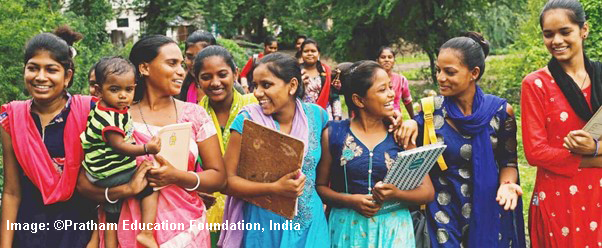
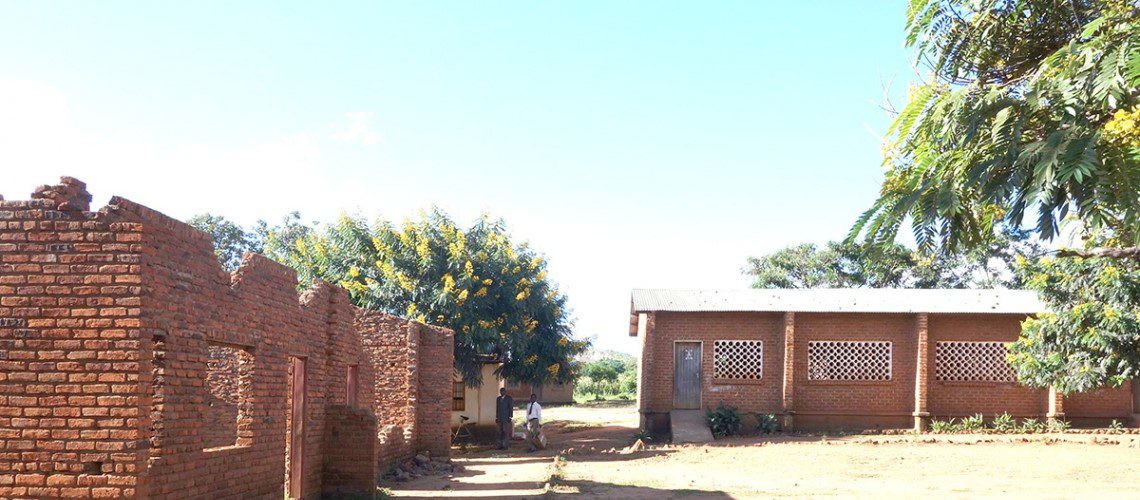
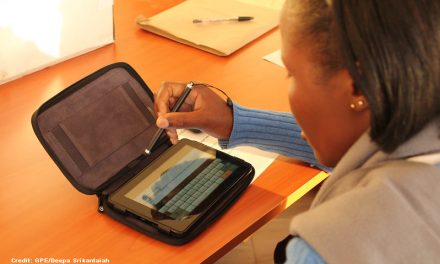
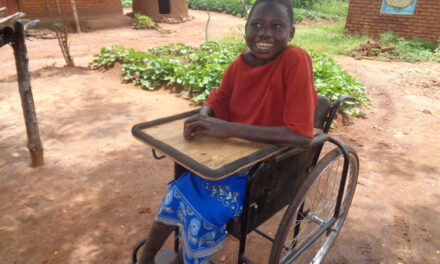
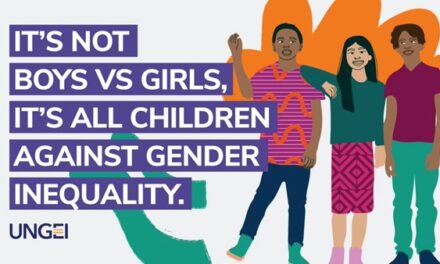
The COVID-19 pandemic has significantly transformed the landscape of education in India, introducing challenges like remote learning and digital disparities. Despite these obstacles, the top 10 schools in Sahakar Nagar have displayed resilience, adapting innovative strategies to ensure uninterrupted education for their students. This adaptability underscores the crucial role of quality education institutions in navigating the impact of the pandemic and maintaining educational standards during these unprecedented times.
Thank you,
Mayank Jain,
CEO of ezyschooling.com